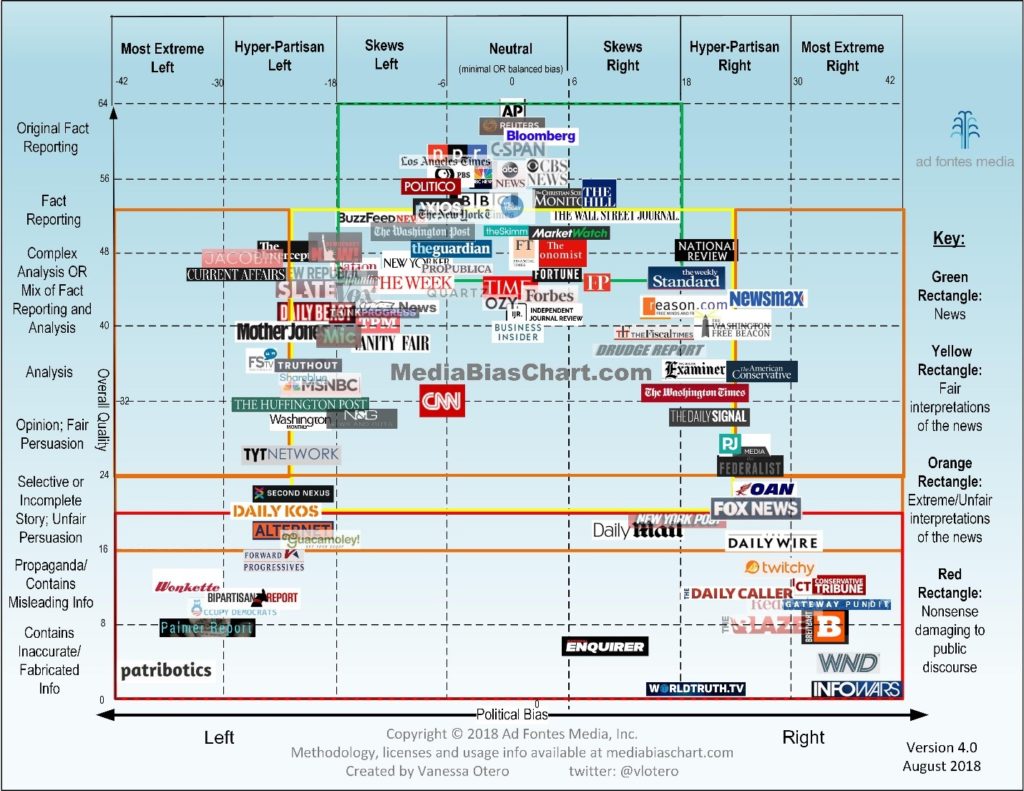After 2016 and in the whirlwind that is our current political system, liberal America has gained a new fascination with rural and conservative America, and it can be unproductive. We look at rural America under a microscope, travel through as if we’re in a far away land, and marvel as we observe how culturally different we are from them, how far away we are isolated in the city and in universities, and the poverty that has stricken shrinking spaces as if it wasn’t intentional or a direct product of capitalism and other systems.
However, Devon Shapiro approaches rural America with a more empathetic lens. He explains his reasoning for why he looks to rural and conservative groups, “I’m interested in politics and interested in thinking about what role I can play. At least in my lifetime, the political system feels crazy. What role I might consider playing in that?” And as someone from rural-conservative spaces, what is the best role to play in these spaces?
In an effort to understand his role and participate in the unruly political sphere, Devon went back to where he grew up in a semi-rural town in Ohio to canvas for Danny O’Connor in the special election.
He tells a story of this experience: “I consider myself progressive, I vote for democrats. I met a lot of people that would say, ‘you know what I care about it my children getting good jobs, social security, and you know, whether medicaid and medicare are going to be there.’
And, you know, I’d say, ‘Well, I’ve got a good idea for you, you should vote for Danny O’Connor!’ But they didn’t see it that way.
They weren’t really sure… they’d been republicans their whole lives. A lot of people wanted to talk about 2016, and they would say between those two candidates, this is a direct quote, ‘Do you want me to stab myself or shoot myself?’
I didn’t want them to do either of those things!
And I thought this was kind of this crazy, defeatist, nobody in politics cares about me, has my best interest at heart. Like why is someone so disaffected but can clearly articulate that they care about medicare medicaid social security, things that clearly the democratic party has become their issues.”
While recounting his experiences canvassing, Shapiro referenced The Politics of Resentment, a book by Kathy Cramer discussing the growing urban-rural divide in the US. In the book, Cramer explains a recurring pattern she hears while interviewing and speaking with folks throughout rural Wisconsin. People keep saying, “ I don’t have any evidence, but this is what I think.” This word of mouth reinforces already held beliefs in the communities through echoing feedback loops.
A key question Shapiro grapples with is how do we give those people that data? Or, rather, is thier perhaps lack of interest in data a function of the human condition?
In liberal spaces and especially in academia, we take data, rigorously acquired, to be the word of God. Yet, we forget that in other spaces, in rural and conservative spaces, the word of God is still the word of God, or at least as Devon found, something else reminiscent of it.
While in school, Devon became fascinated by the apparent contradiction that was rural evangelical protestant capitalists. He explains, “if you read the bible, ‘protect thy neighbor,’ like if you had to go from the bible to a government economic system, for sure you would go socialism. The question became, why do people who literally think the bible is the word of god, take it literally, how in the world do they support neoliberal economic policy?”
From this question, we began to dive into “What’s the Matter with Kansas?” an infamous book that found, basically, that rural voters do not vote in their best interest. The author, a journalist, argued that though a democratic candidate will offer agricultural subsidies, the farmer will still vote for the republican.
Devon explained the critique of the author, “You, Mr. journalist, can’t make a value judgement on why someone votes the way they vote. They have things they care about and vote on what they care about. Clearly these people in Kansas care about things that aren’t agriculture subsidies. And clearly you think they should care about the economy or what you care about but they don’t.”
Some of the liberal fascination with rural America is frustrating, for we can use it as a way lump an entire group together and speak of them as if they are all ignorant. ”They don’t look at data? They don’t prioritize economic interests? Not smart.” It can be annoying because we can so easily name their voting habits as a moral failing, an act of ignorance, not a reflection of something else. Therefore, we act as if the voting separation is a result of us (liberal leaning folk) being good and them (conservative or rural) being bad people, not something much more complex and nuanced. We have begun studying these rural spaces and doing the work to understand how different (and similar) they can be from spaces at MIT and in Massachusetts, yet we still offer rural spaces the same language of data assuming it will have the same effects on rural folks as it does with liberal people.
I’m not advocating to not use data. But as Devon questioned whether this was something we should be trying to get rural folks or not, I think we need to reflect and approach rural spaces and people with understanding, respect, and intentionality. To do anything less would be disrespectful to them, but also an absolute disservice to those trying to organize social and political movements against Trump who have potential allies in rural disgruntled communities.
Some of my frustration stems from the condescending tone that some folks in white, liberal, northern spaces can take towards those in rural, conservative spaces. We often hear how these folks dehumanize others, are racist, and are ignorant. Perhaps this is true about some, but it is also true about people in liberal cities. Boston can judge those in the south for being explicitly racist, but those in the north are covertly so, segregating cities, participating in harsh crime laws, all under the guise of being allies, and then judge rural communities for voting based on their values rather than data. Post Trump election, spaces in the urban north observe these rural spaces under a microscope and wonder why they don’t think in the right way. Yet, they have honesty and transparency about their values and act in line with them, a trait that not all liberal spaces carry.
For these white liberal people, I believe as a first step, it can be helpful to break down the assumption that the way people in liberal spaces think is the right way. I think understanding and respecting the ethic and approach of rural and conservative America is a second step. Devon finished with a simple summary I valued: “[I’m] fascinated by this apparent contradiction. These people don’t think the way I think they should think, but they aren’t dumb. There is a logic to it. And I might disagree with that logic, but it is about appreciating that and understanding that.” Of course, we shouldn’t accept racist and dehumanizing views. Yet, understanding why they hold these views can help inform next actions and steps to create positive change within rural spaces.







 Kate Cahill’s interest in art, design and architecture drove her across the globe to study the interactions between society and urban infrastructure.
Kate Cahill’s interest in art, design and architecture drove her across the globe to study the interactions between society and urban infrastructure. Hi! I’m Aileen, a second year Sloan MBA who is coffee & pastry obsessed. In a world where I have oodles of money, I would own a high end bakery, and smell the smell of baking croissants all day. I hum when I feel awkward.
Hi! I’m Aileen, a second year Sloan MBA who is coffee & pastry obsessed. In a world where I have oodles of money, I would own a high end bakery, and smell the smell of baking croissants all day. I hum when I feel awkward.
